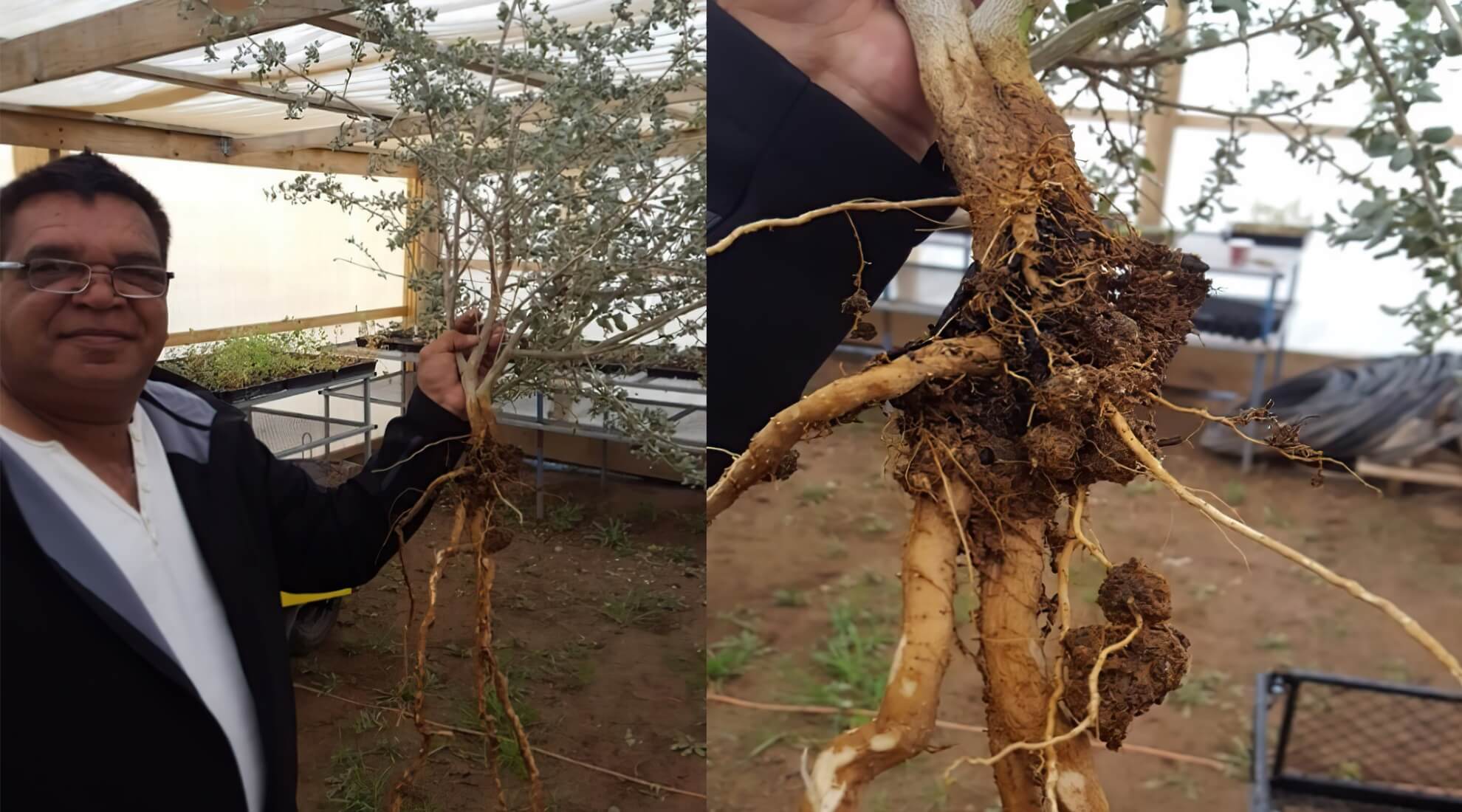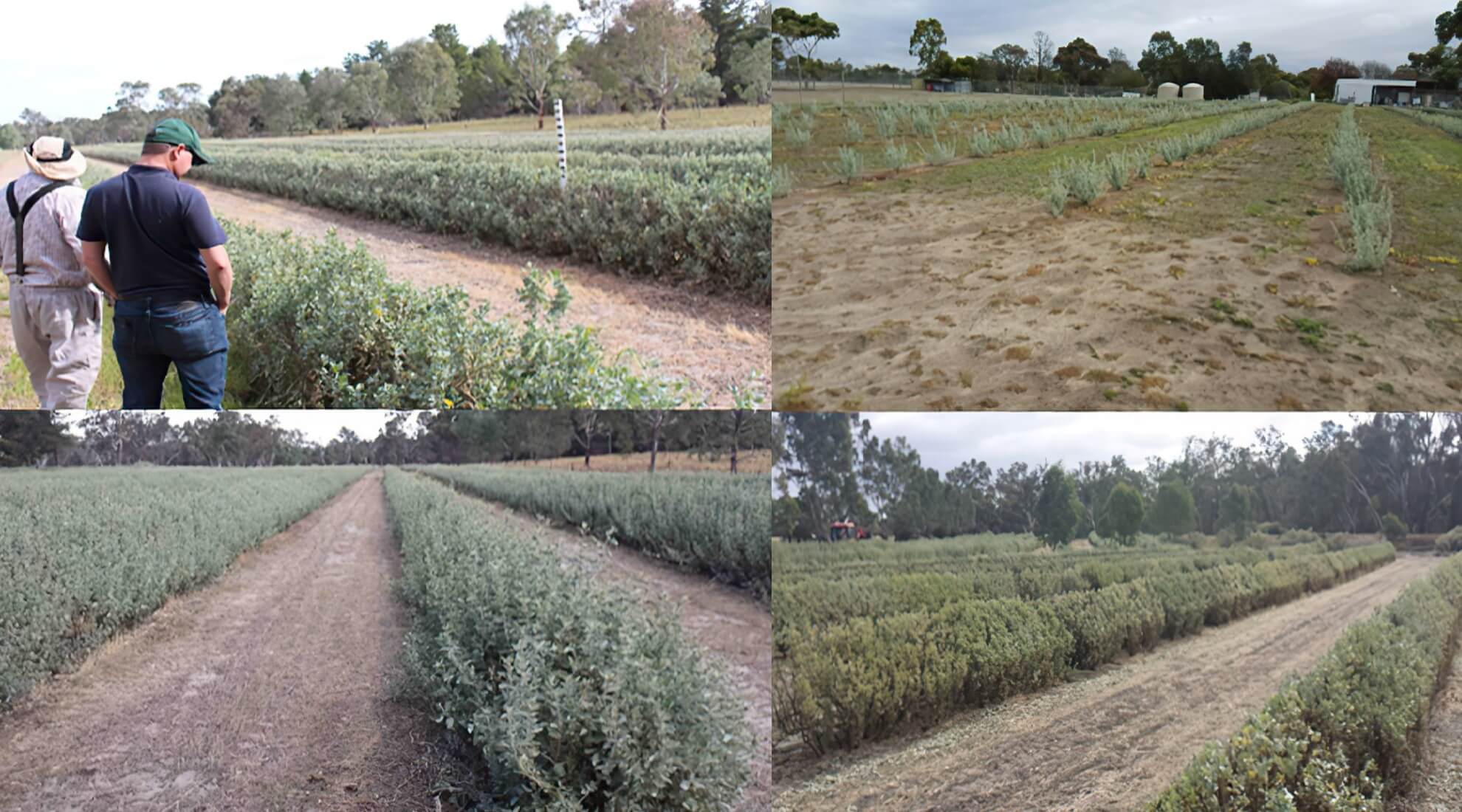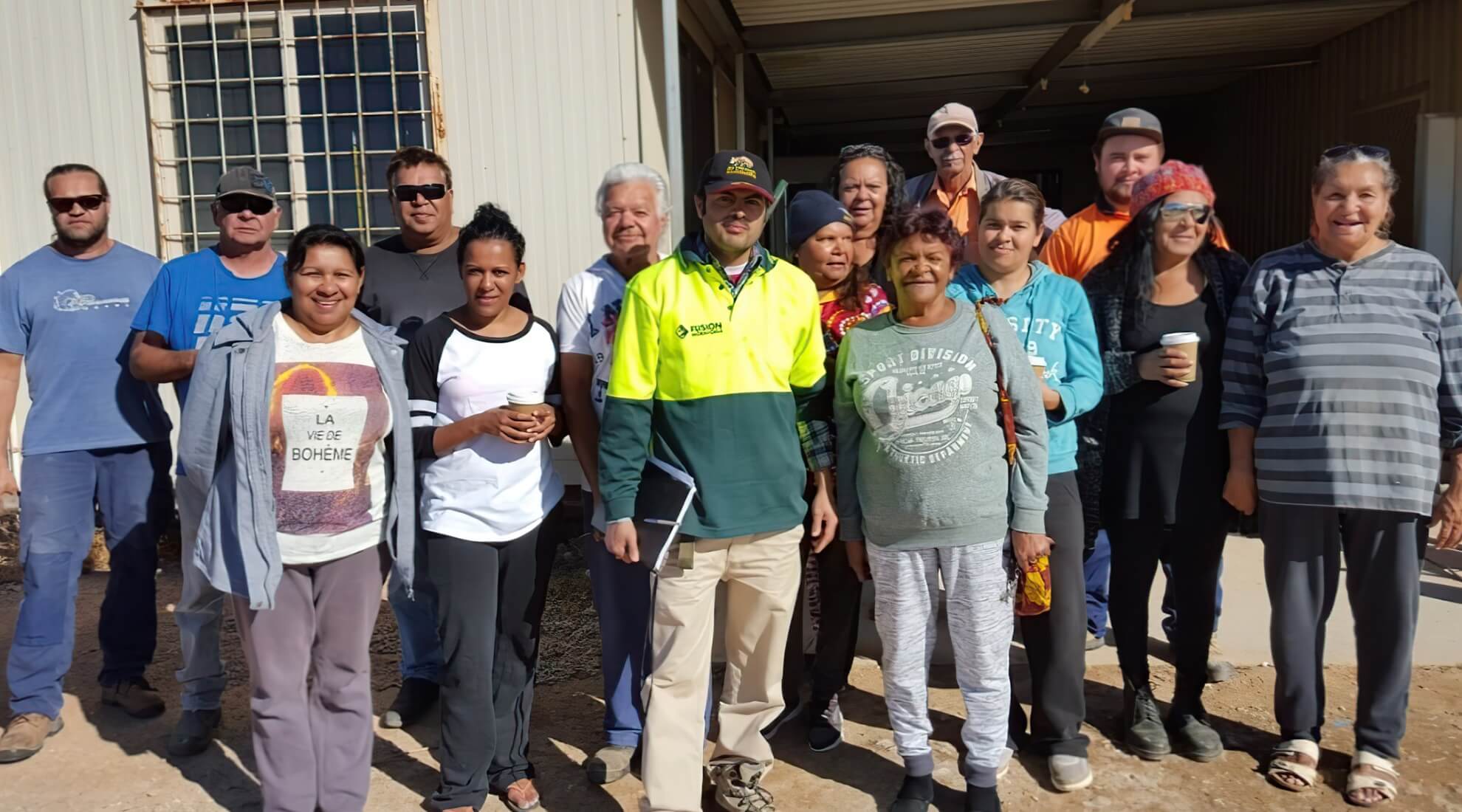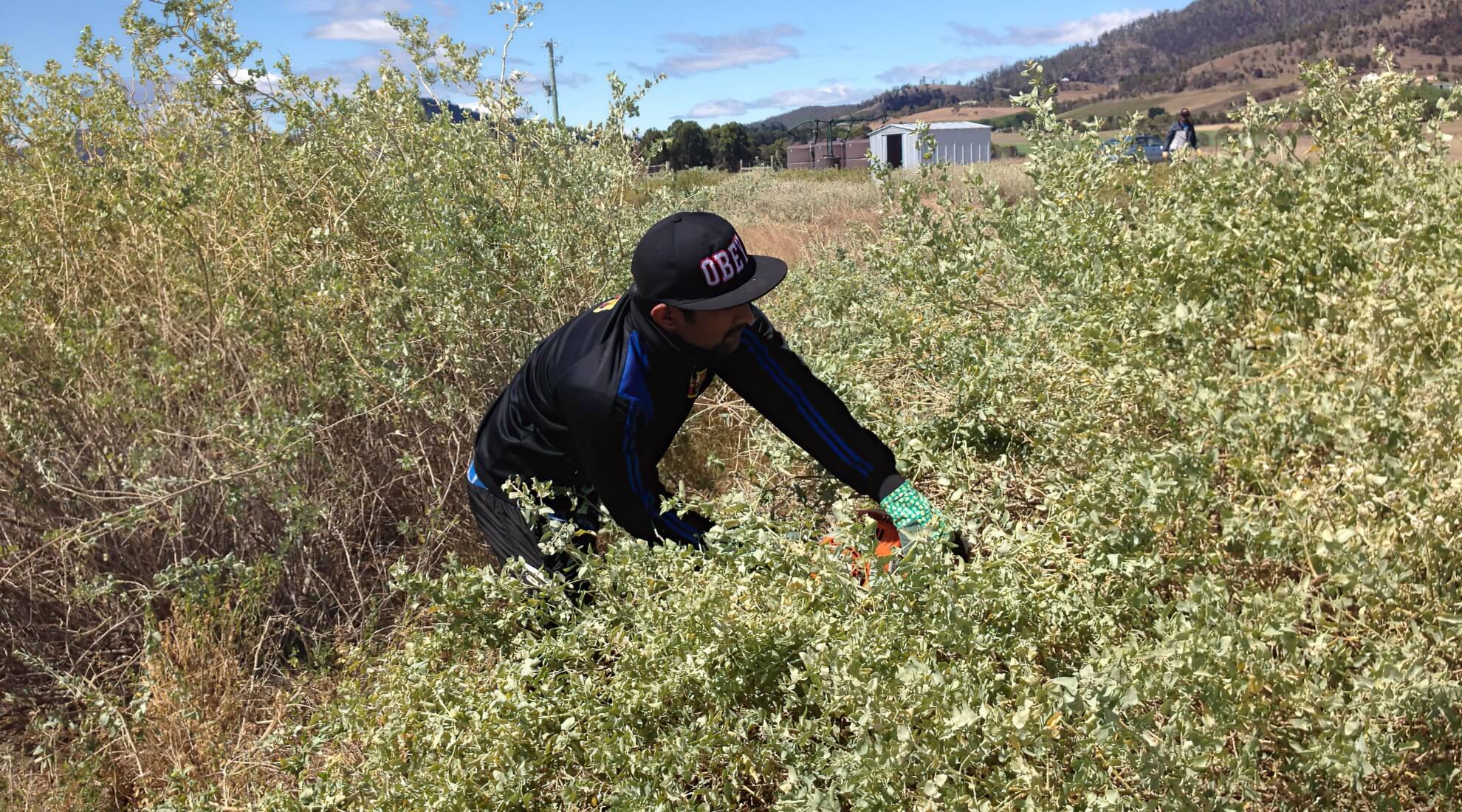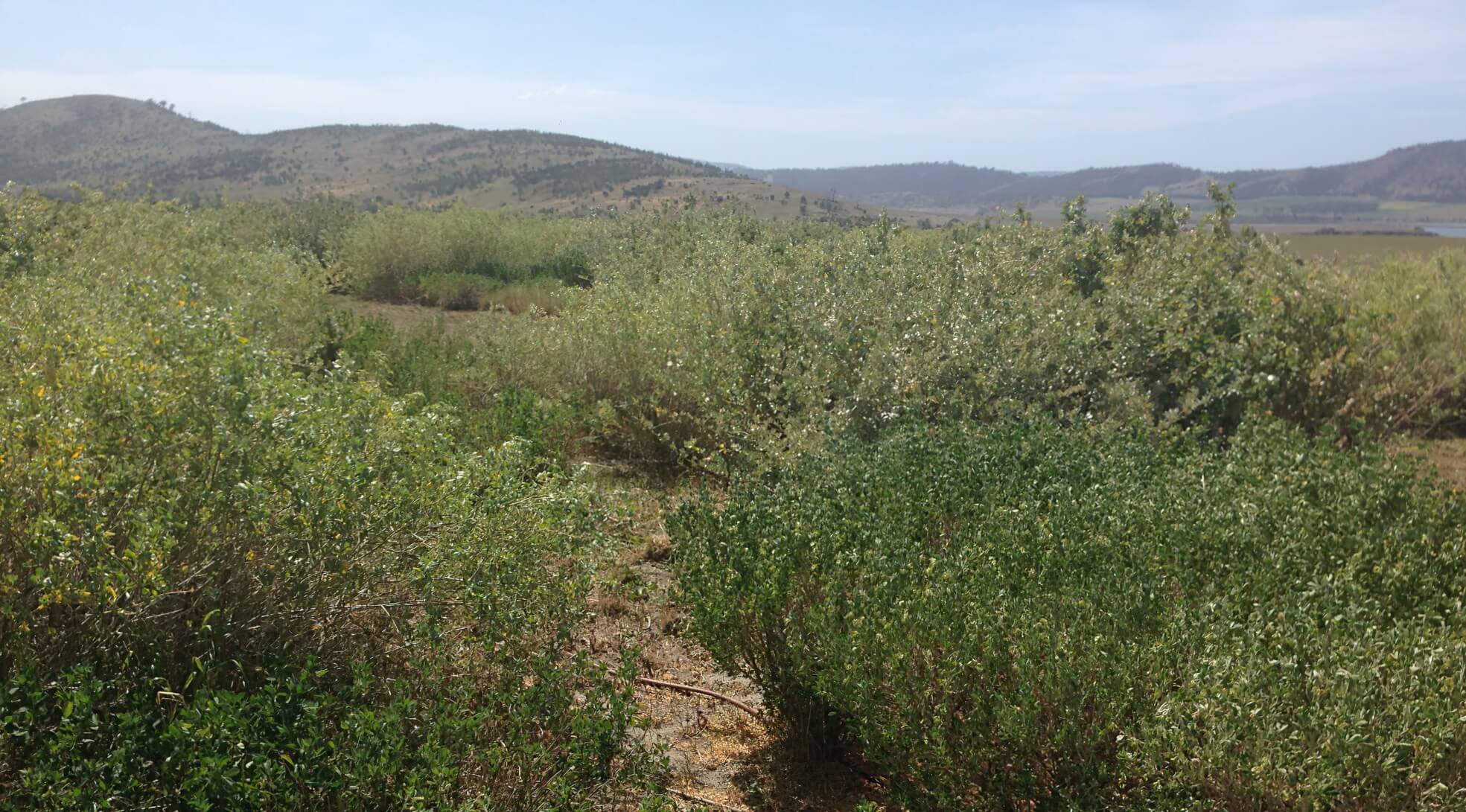Research
Grounded in Science
Greening the Earth is a not for profit entity that commenced the Bunyuru partnership after many years of agricultural trials and projects conducted in Victoria, Tasmania, South Australia, Southern Europe, the Southern States of the United States of America, Mexico, Chile, Southern Africa, the Middle East, Central Asia, and China and from university-led research in Tasmania, South Australia and the University of Arizona, Tucson.
Numerous scientific papers have been published globally in developing the Greening the Earth Program. Research data and references considered during widespread scientific research and global trials can be found in our United Nations chapter “Are the outcomes that are vital for the survival of mankind achievable in an era of global warming?”
Soil Carbon Facts
- The earth’s soils can capture and store almost three times more carbon emissions than the atmosphere.
- Increasing carbon in soil annually by just 0.1% can capture and store at least 5 tonnes of GHG emissions per acre every year.
- Dedicating as little as 8% of Australia’s landmass of 7.7 million square kilometres to soil carbon could single-handedly offset the nation’s 500m+ tonnes of GHG annual emissions forever.
- Soil carbon is one of only a few emissions mitigation technologies endorsed by the Paris Accord, the UN, and the Australian government for generating net negative carbon emissions (often called “carbon positive credits”) to address emissions known as ‘Scope 3’.
Suitable Land
Australia has millions of hectares of suitable land for Greening the Earth.
About 6 million hectares of the Australian landscape is either saline or at risk from salinity – an area that can provide the largest natural carbon sink in the world.
About 70% of Australia’s land receives less than 400mm of rain a year and is suitable for soil carbon using Halophyte species and regenerative agriculture that can grow without encroaching on fertile land already used for food production.
In addition to drought and salt-tolerant species, soil carbon applies regenerative farming methods to permanently restore the natural capital of barren land to deliver the world’s largest and most productive natural carbon sink.
These plants survive for decades and are highly photosynthetically productive – drawing down, capturing, and storing CO2e emissions in their deep capillary roots systems and surrounding soils for millennia. Australian Carbon Credit Units (ACCUs) are issued by the Clean Energy Regulator (CER) of the Emissions Reduction Fund (ERF).



